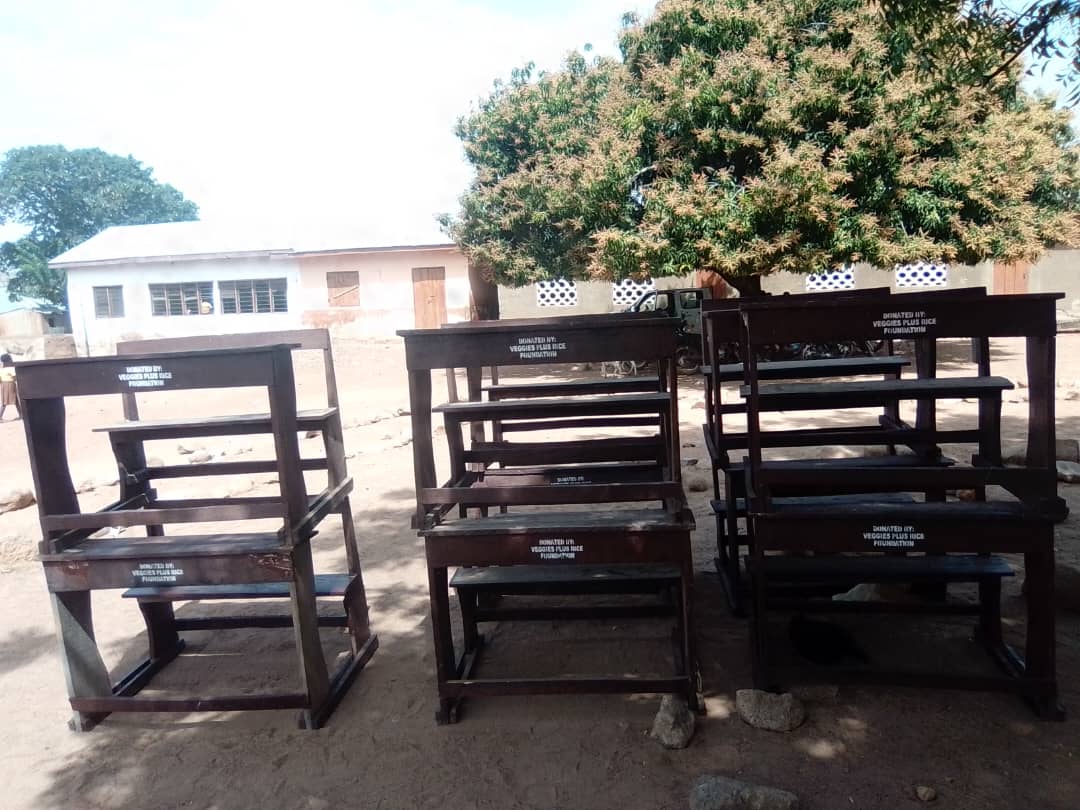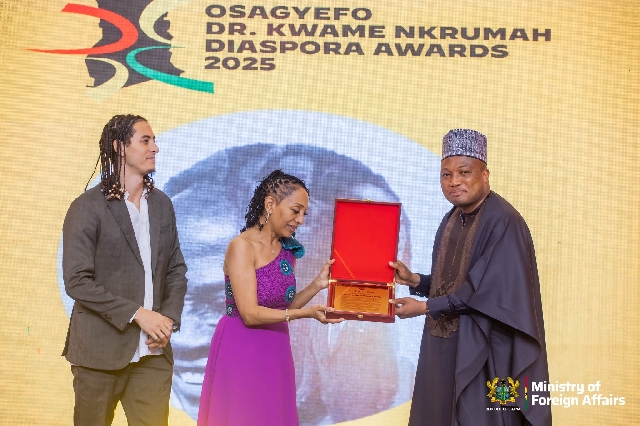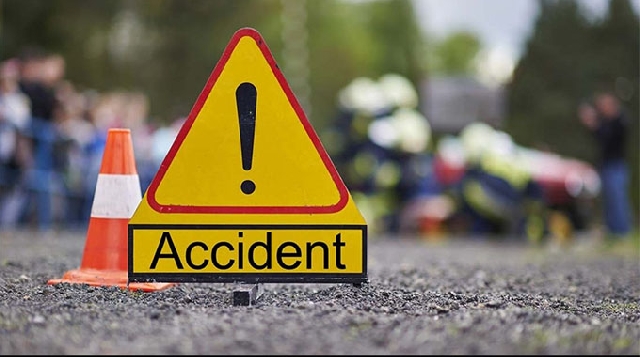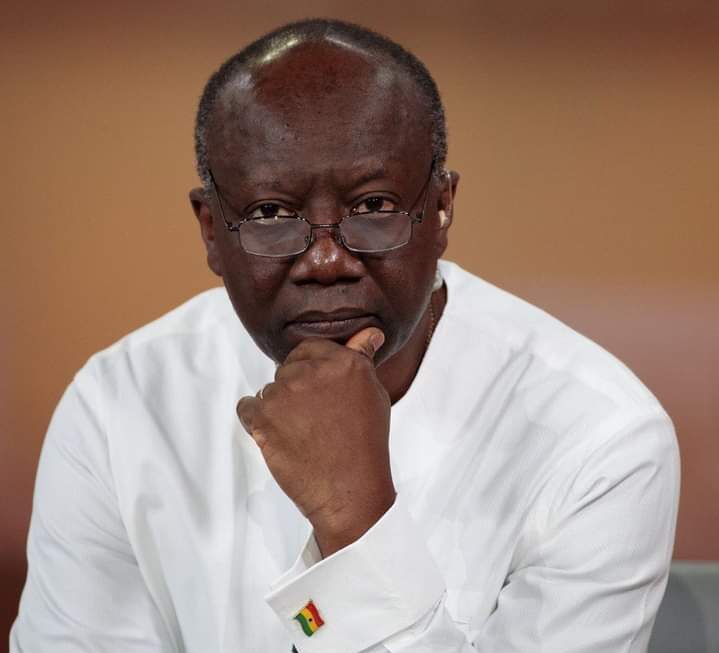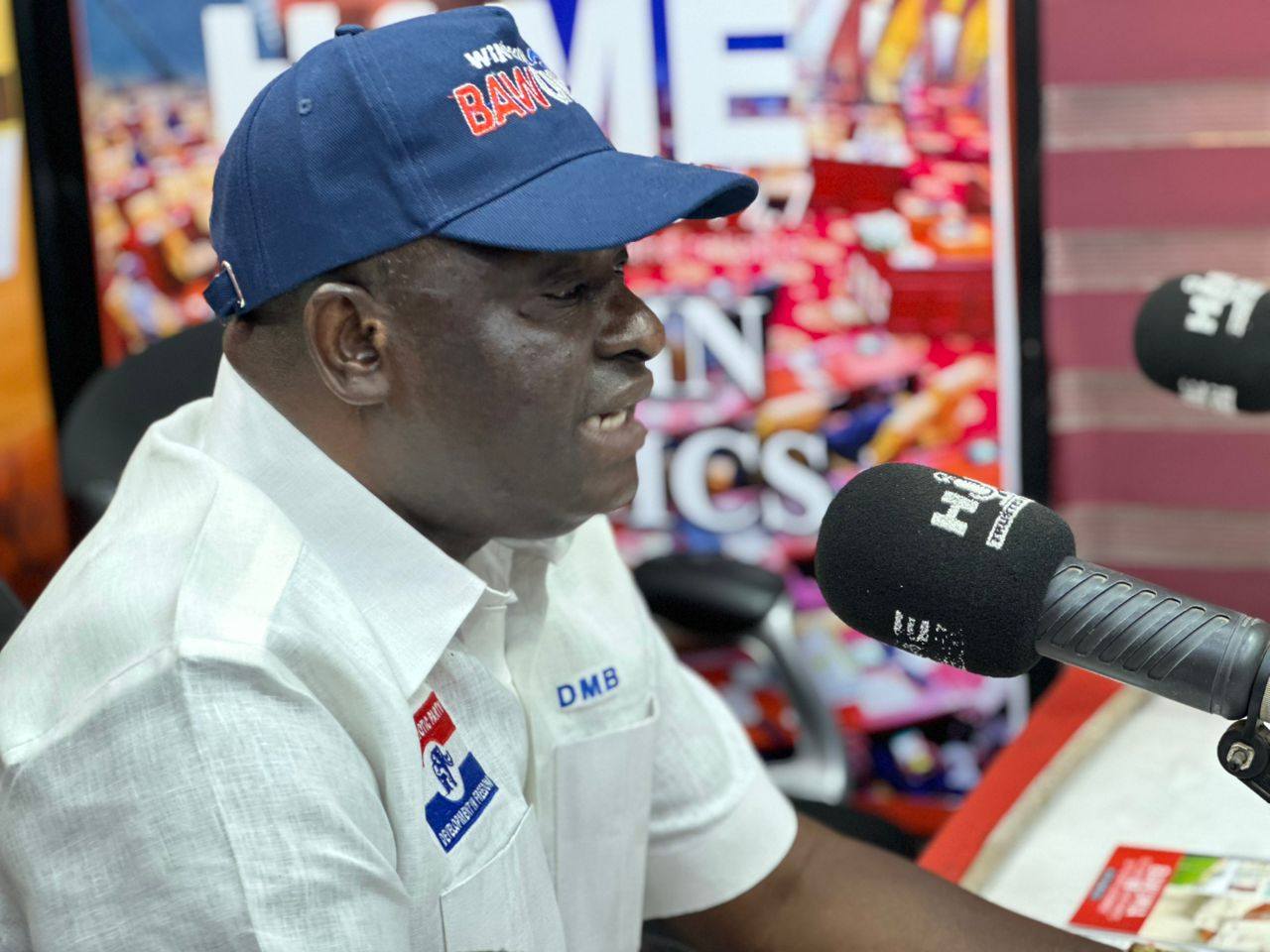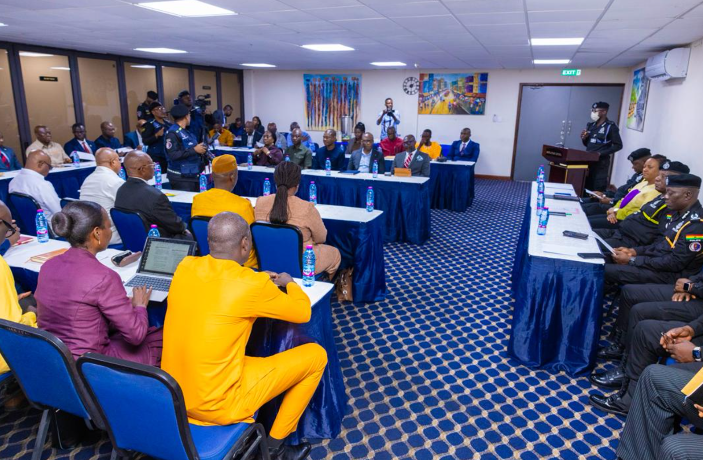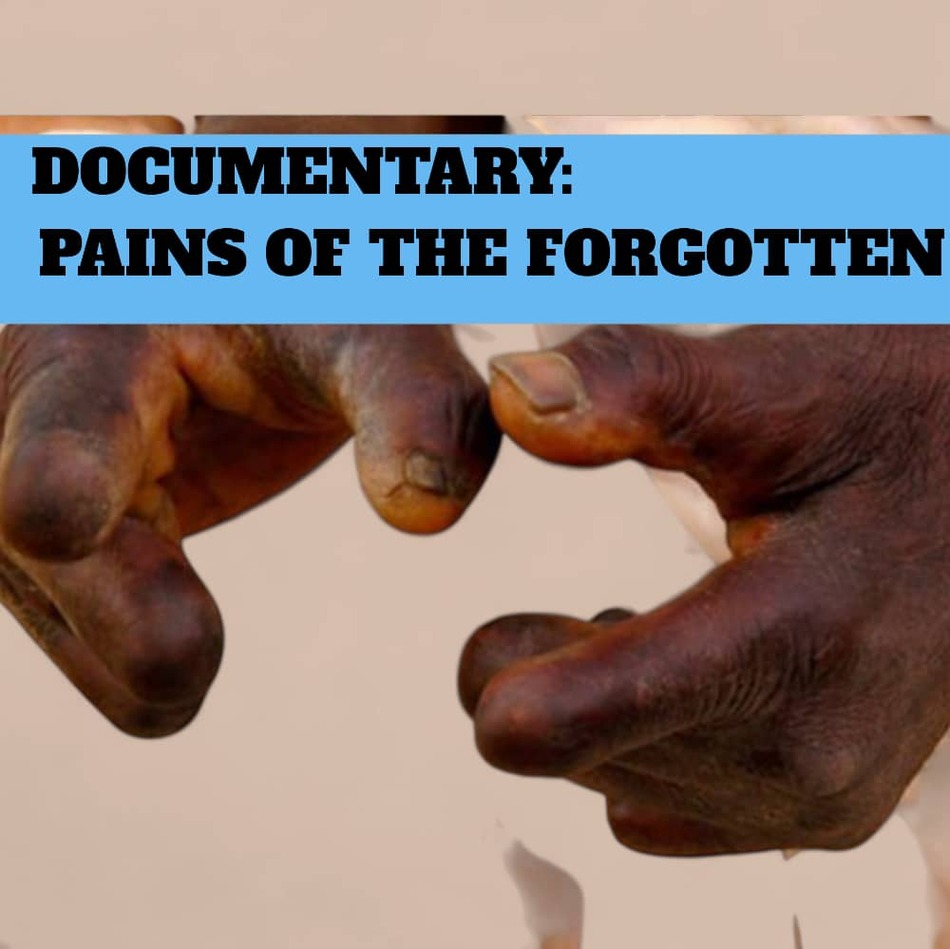A documentary by Ngambebulam Chidozie-Stephen (ApexNewsGH)
Editor in Chief
Leprosy is one of humanity’s oldest diseases, yet in 2024, it remains a pressing global health crisis. According to the World Health Organization (WHO), 188 countries and territories reported a total of 172,717 new cases last year.
The impact is not evenly distributed; women and girls comprised over 40% of new patients, and children accounted for more than 9,000 cases. Most troubling, over 9,100 new sufferers were diagnosed with the most severe form, grade 2 disability, a diagnosis that can mean permanent deformity and a lifetime of hardship.
While leprosy’s global shadow is long, its most profound pain is felt in places like Ghana’s Upper East Region. Here, in the Bongo district, a community of just over 120,000 people, leprosy remains a silent threat. From 2019 to September 2025, 57 cases were officially reported, and the true number may be higher due to fear, stigma, and misunderstanding.
Leprosy is just one of many Neglected Tropical Diseases (NTDs) that persist in Ghana. These diseases, fourteen of which are endemic in the country, disproportionately affect the poorest, deepening cycles of poverty and exclusion.
Pain Behind Closed Doors: Matilda’s Story
In the tight-knit community of Bongo Balungu, Matilda Nyaaba’s life is defined not only by the disease itself but by the isolation it breeds. For ten years, Matilda endured unexplained symptoms, fainting spells, nosebleeds, and growing weakness, a mystery to both her and the health professionals she visited.
“Each episode left me weaker,” Matilda shares, remembering the confusion and fear that accompanied each new symptom. The only constant in her life became her monthly trips for medicine. Her family, she explains, has been a source of support, but the wider community’s reaction has been another story.
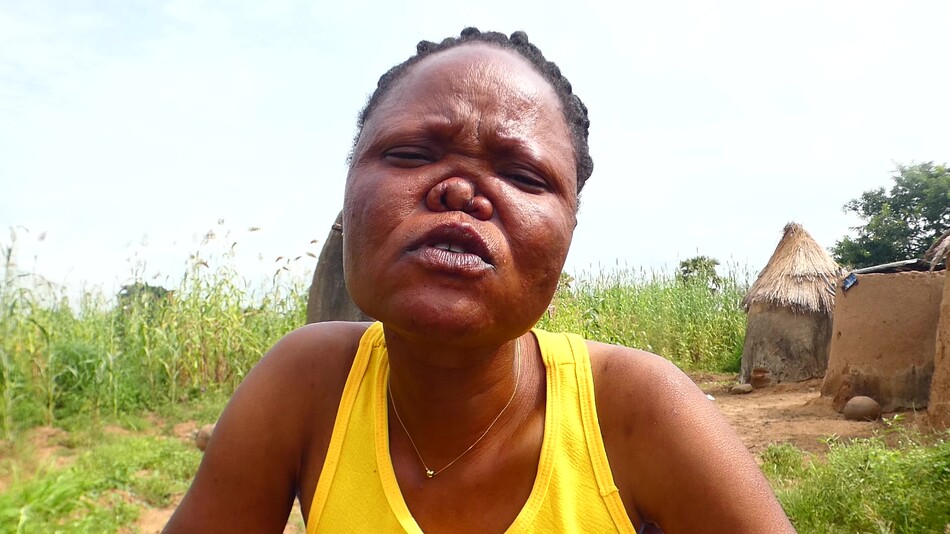
She describes a self-imposed solitude, “I advised myself to stay indoors. They would use my condition against me.” Even basic errands, like fetching water from the borehole, are shadowed by the fear of being shunned. Whispers followed her: “Some described my illness as HIV, others as a curse. This has deeply affected my mental health; I don’t know what I’m thinking anymore.”
Yet, Matilda’s resilience endures. She dreams of more than just survival: “If the government could help, maybe by providing vocational training, I could regain my dignity and hope for a brighter future.”
From Provider to Dependent: Ania’s Struggle
Before leprosy, Aniah Lamisi was at the center of her family’s livelihood in Bongo Soe. Farming was her pride and her purpose. But illness arrived quietly, a tingling in her fingers, followed by the slow, cruel twist of her hands.
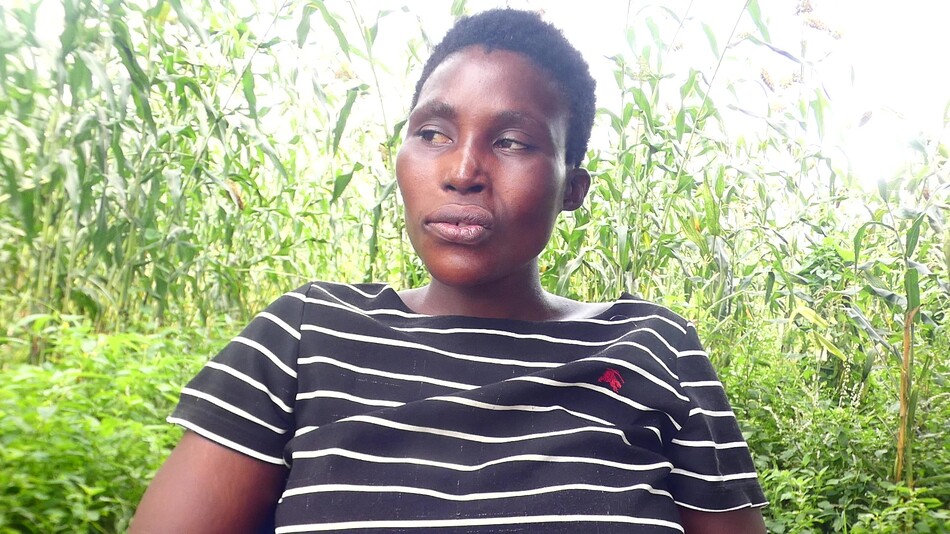
Aniah’s life shrank as the disease progressed. She could no longer wield a hoe or prepare meals over an open fire without pain. Even fetching water, a lifeline in the village, became a daily ordeal.
She reflects on her new reality: “Some people have lost everything, even their mental faculties. I can still care for myself, dress well, and sometimes mingle with groups. That’s how I console myself. But if I can’t farm, how do I feed myself? I just sit and eat, if there’s food. Who will work for me?”
Her appeal is simple but urgent. “If the government can provide us with a vocation or manual labor, we could earn a living. Now, I just wait and hope for food. Even cooking is painful, but who else will do it for me?”

In Bongo Swing, Mr. Adombire Ayuumbeo once embodied industry and self-reliance. He farmed, cut firewood, and harvested thatch, supporting his family with pride. But when leprosy struck, it took his independence, disfigured his body, and left him idle.
He describes the loss with raw honesty: “Everything I used to do to earn a living is gone. Now I am helpless. I sit alone. Nobody helps me. Sometimes I think it would be better to die than live like this. People stigmatize you. I don’t know why God gave me this disease that people don’t respect. When I remembered all these things happening to me, my tears began to fall.”
He issues a plea not just for himself, but for others like him: “If the government can help sustain our lives, they should do it. I vote, I have a voting ID. If the government has anything to help, we would appreciate it.”
The Sustainable Development Goals (SDGs), specifically Goal 3: Good Health and Well-being, address neglected tropical diseases (NTDs) like leprosy under Target 3.3. This target states:
“By 2030, end the epidemics of AIDS, tuberculosis, malaria, and neglected tropical diseases, and combat hepatitis, waterborne diseases, and other communicable diseases.”
This means that the global community, through the United Nations and its member states, has committed to eliminating NTDs, including leprosy, as public health problems by 2030. The aim is to reduce illness, disability, stigma, and death caused by these diseases through prevention, early detection, treatment, and improved access to health services, especially for vulnerable populations.
In essence, the SDGs recognize that fighting NTDs is essential for achieving universal health coverage, reducing inequalities, and promoting the well-being of all people, particularly those living in poverty and marginalized communities. Ending NTDs like leprosy not only improves health outcomes but also supports broader development goals such as education, gender equality, and economic productivity.
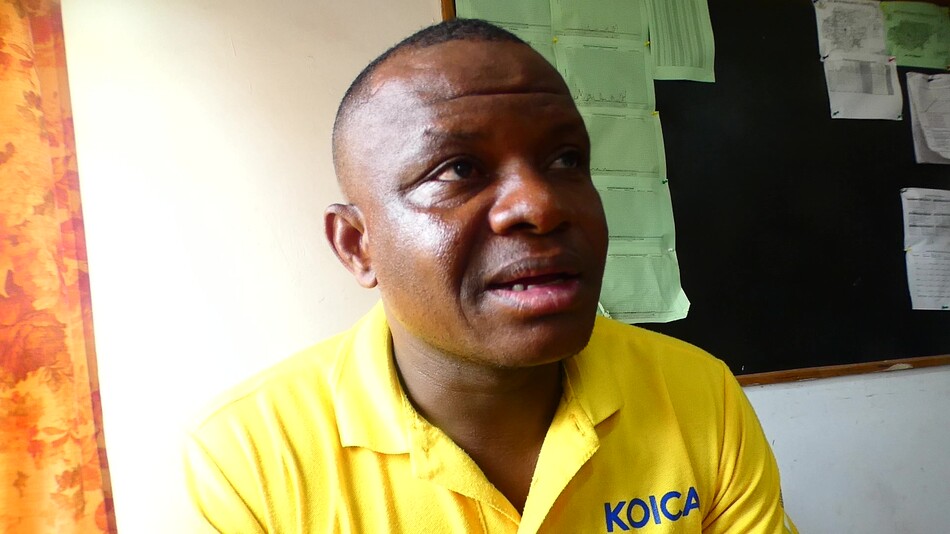
The rising trend of leprosy in Bongo is confirmed by Mr. Bismark Kpankpari Wononuo, the district’s Disease Control Officer, who doubles as the NTDs coordinator. He explained that the numbers increase every year.
He credits increased detection to community volunteers but warns that the real challenge is stigma. According to him, “Many don’t come early for treatment due to discrimination. Early detection is key; if we treat early, within nine months, it can be cured. But when affected persons decide to report late, it causes deformities to remain for life.”
He further sends a clear message to the community by letting them know that Leprosy is treatable and that early detection is crucial. “Everybody is at risk.”
However, he acknowledged that there are sometimes delays in accessing drugs because they must be requested from the regional health directorate. However, he reassured that treatment remains effective once started.
“The good thing is that when we start the medicine, transmission to others is minimized, even though sometimes we run out of drugs briefly,” he said.
The Role of NGOs
While government healthcare forms the backbone of the leprosy response, non-governmental organizations play a critical supporting role. One such group is the Development Research and Advocacy Center (DRAC), spearheaded by Executive Director Jonathan Adabre.
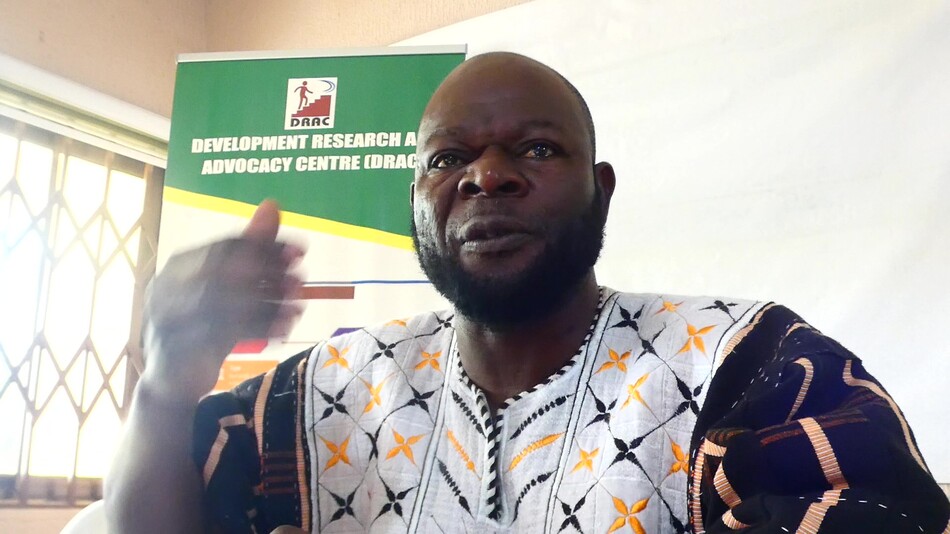
DRAC’s approach is holistic. They conduct awareness campaigns to combat dangerous misconceptions, like the persistent belief that leprosy is genetic.
“With support from Anesved Fundación, we raise awareness about early signs of diseases like leprosy, elephantiasis, and yaws,” Adabre explains. “Many believe leprosy is genetic, but it takes up to 20 years to manifest. That misconception must end.”
DRAC’s practical interventions include drilling 10 boreholes, forming water health committees, and providing training and materials for basket weaving and soap-making. By linking communities directly to markets, they turn traditional crafts into sources of income for those affected and their caregivers. “Buyers come to the community to purchase baskets, and we provide materials and training,” he adds.

Health workers like David Asamani at Bongo Swing Health Center do more than dispense medication; they deliver compassion and dignity. David often visits patients at home, ensuring they receive their medicine and emotional support.
He shares the reality: “Some don’t even have food to eat while taking medicine. They have no help with economic activities or household chores. I once had to use my motorbike to carry three patients to the district office for health insurance renewal. Even family support is rare, they face a lot.”
Community Leadership: Education Overcomes Stigma
Assembly members, too, play a crucial role. Asst. Assembly member Tahiru Suleman, of Awukabisi Electoral Area, advocates fiercely for education and inclusion.
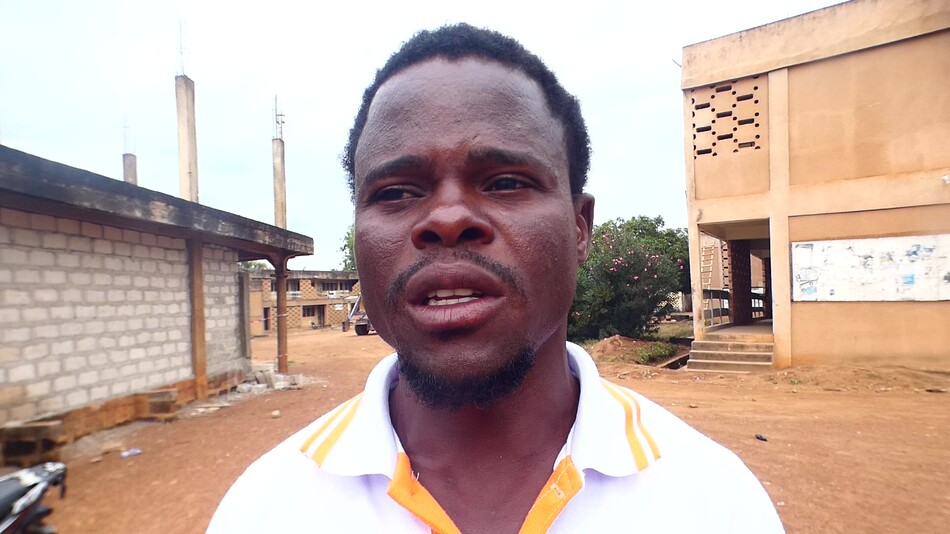
He points out: “We have many suffering from leprosy. Some families believe it’s a curse, which is not true. Anyone can get it. Stigma isolates them. Some can’t do active work. Even food is a problem. It’s our responsibility to educate the community about the dangers of discrimination. It would help a lot.”
Individuals affected by leprosy, including Matilda Nyaaba, Aniah Lamisi, and Mr. Adombire Ayuumbeo, voice a common set of needs: an end to stigma, opportunities for productive work, and support for the daily battles with isolation and want.
The documentary offers these clear recommendations:
Community Sensitization: Intensify education to dispel myths and promote acceptance.
Livelihood Support: Provide skills training and economic empowerment.
Psychosocial Support: Establish support groups and counseling.
Inclusive Policies: Ensure programs include and protect the rights of those affected by leprosy.

Improved Access: Make healthcare, counseling, and welfare programs accessible.
Between January 2019 and October 2025, 188 cases of leprosy were recorded in Ghana’s Upper East Region. Health officials like Eric Dakura, Regional Disease Control Officer in charge of Leprosy, stress the importance of recognizing symptoms, especially painless skin patches that can go unnoticed.
“Once identified early, leprosy is treatable. If delayed, deformities can be permanent,” Dakura warns.
Behind the numbers are lives marked by pain, perseverance, and hope. The stigma of leprosy is as damaging as the disease itself, driving isolation, idleness, and deep psychological wounds.
Yet, “Pains of the Forgotten: Leprosy, Stigma, and Resilience” reveals moments of extraordinary strength, Matilda’s hope for vocational training, Ania’s self-consolation, and Mr. Ayuumbeo’s plea for dignity and support.
Conclusion:
This documentary is a call to action and a tribute to the resilience of those living with leprosy in Ghana. It urges policymakers, health workers, NGOs, and every community member to remember and support those who are too often left behind.
As Matilda, Ania, and Mr. Ayuumbeo’s stories reveal, with understanding, support, and sustained intervention, it is possible to break the cycle of stigma and offer the hope of renewal.
The message is crystal clear: no one should be stigmatized and forgotten due to leprosy. The fight against leprosy is not only medical, it is social, economic, and deeply human. The time for empathy, action, and inclusion is now.
Watch the video documentary below:
Email Contact: apexnewsgh@gmail.com
WhatsApp: +233256336062

